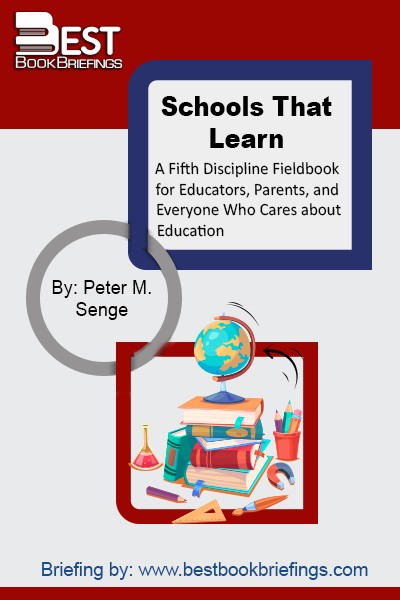Schools That Learn
A Fifth Discipline Fieldbook for Educators, Parents, and Everyone Who Cares about Education
Editorial Review
The core idea of this book is simple: institutions of learning can be designed and run as learning organizations. In other words, schools can be made sustainably vital and creative, not by fiat or command or by regulation or forced rankings, but by adopting a learning orientation. This means involving everyone in the system in expressing their aspirations, building their awareness, and developing their capabilities together. In a school that learns, people who traditionally may have been suspicious of one recognize their common stake in each other’s future and the future of their community.
Book Reviews
Books on Related Topics
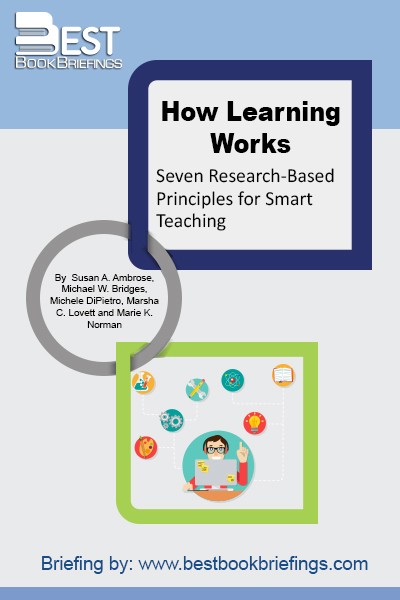
Any conversation about effective teaching must begin with a consideration of how students learn. Yet instructors who want to investigate the mechanisms and conditions that promote student learning may find themselves caught between two kinds of resources: Research articles with technical discussions of learning, or books and Web sites with concrete
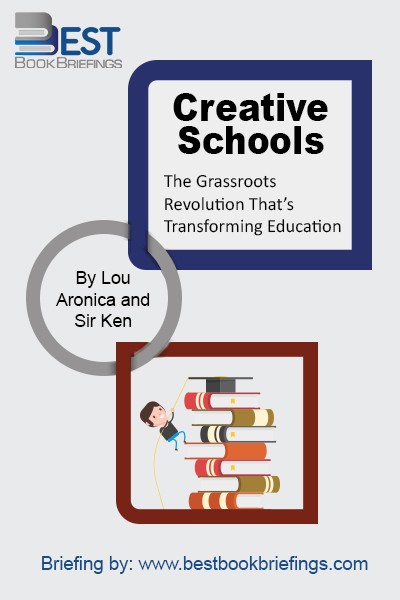
Learning is the process of acquiring new knowledge and skills. Education means organized programs of learning. Training is a type of education that’s focused on learning specific skills. By schools, we don’t mean only the conventional facilities that we are used to for children and teenagers. We mean any community of

Provocatively titled, Disrupting Class is just what America's K-12 education system needs--a well thought-through proposal for using technology to better serve students and bring our schools into the 21st Century. Unlike so many education 'reforms, ' this is not small-bore stuff. For that reason alone, it's likely to be resisted by defenders
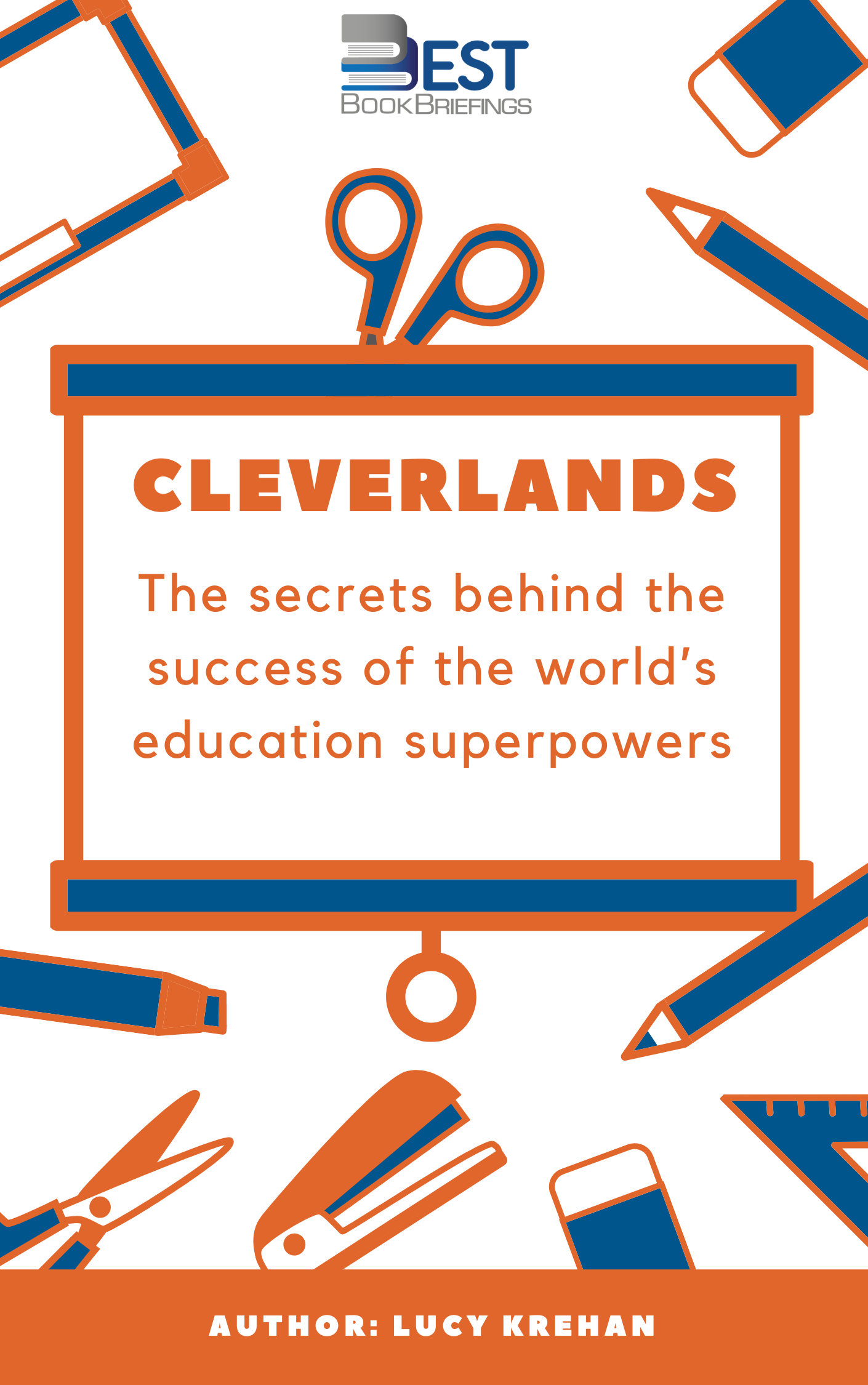
As a teacher in an inner-city school, Lucy Crehan was exasperated with ever-changing government policy claiming to be based on lessons from 'top-performing' education systems. She became curious about what was really going on in classrooms of the countries whose teenagers ranked top in the world in reading, math, and science.
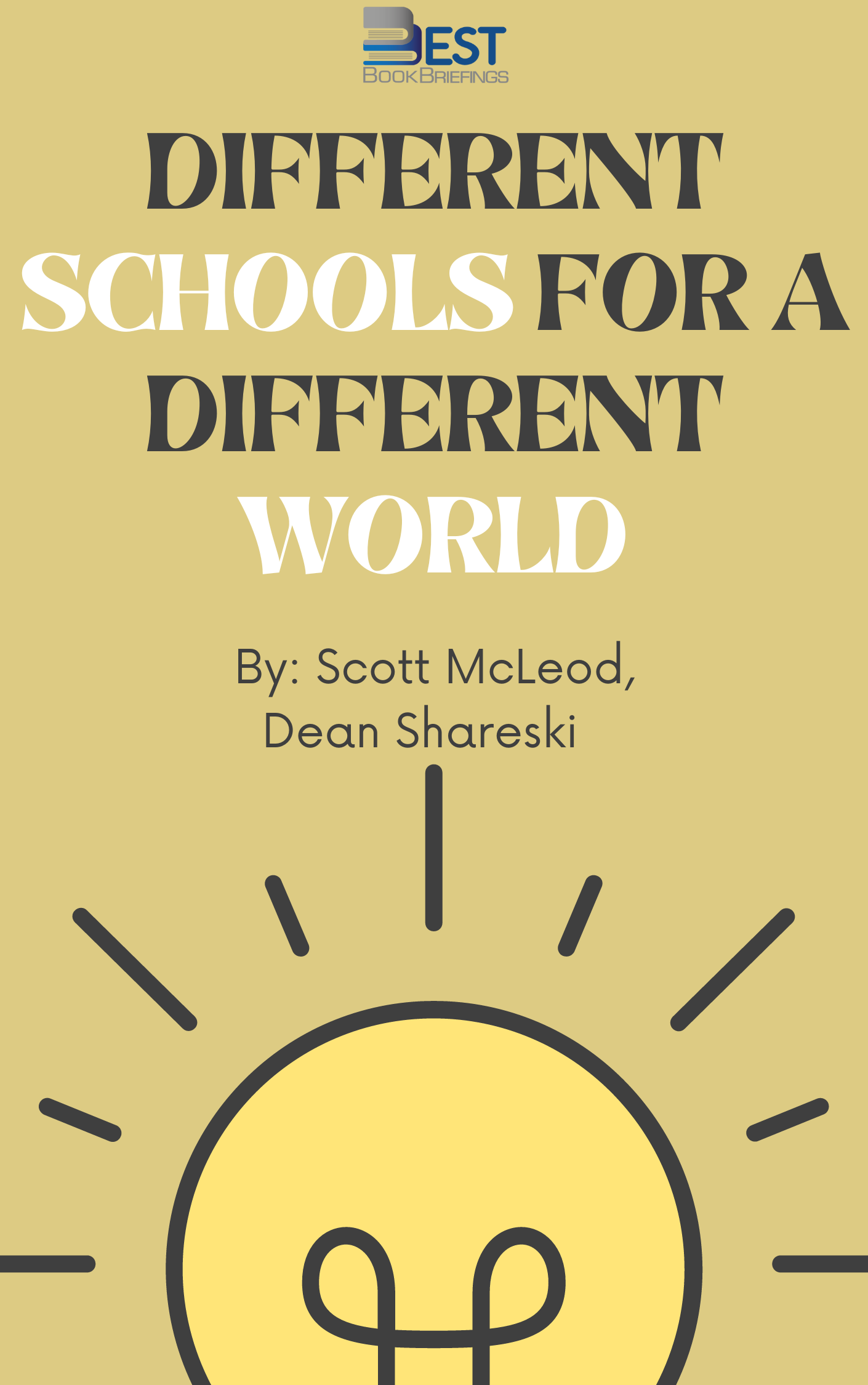
If political and school leaders—whom we consider the major audiences for this book—want to adapt learning and teaching environments to the demands of the 21st century, it is imperative that they understand the real challenges that future graduates will face. If we hope to prepare our students and graduates for the
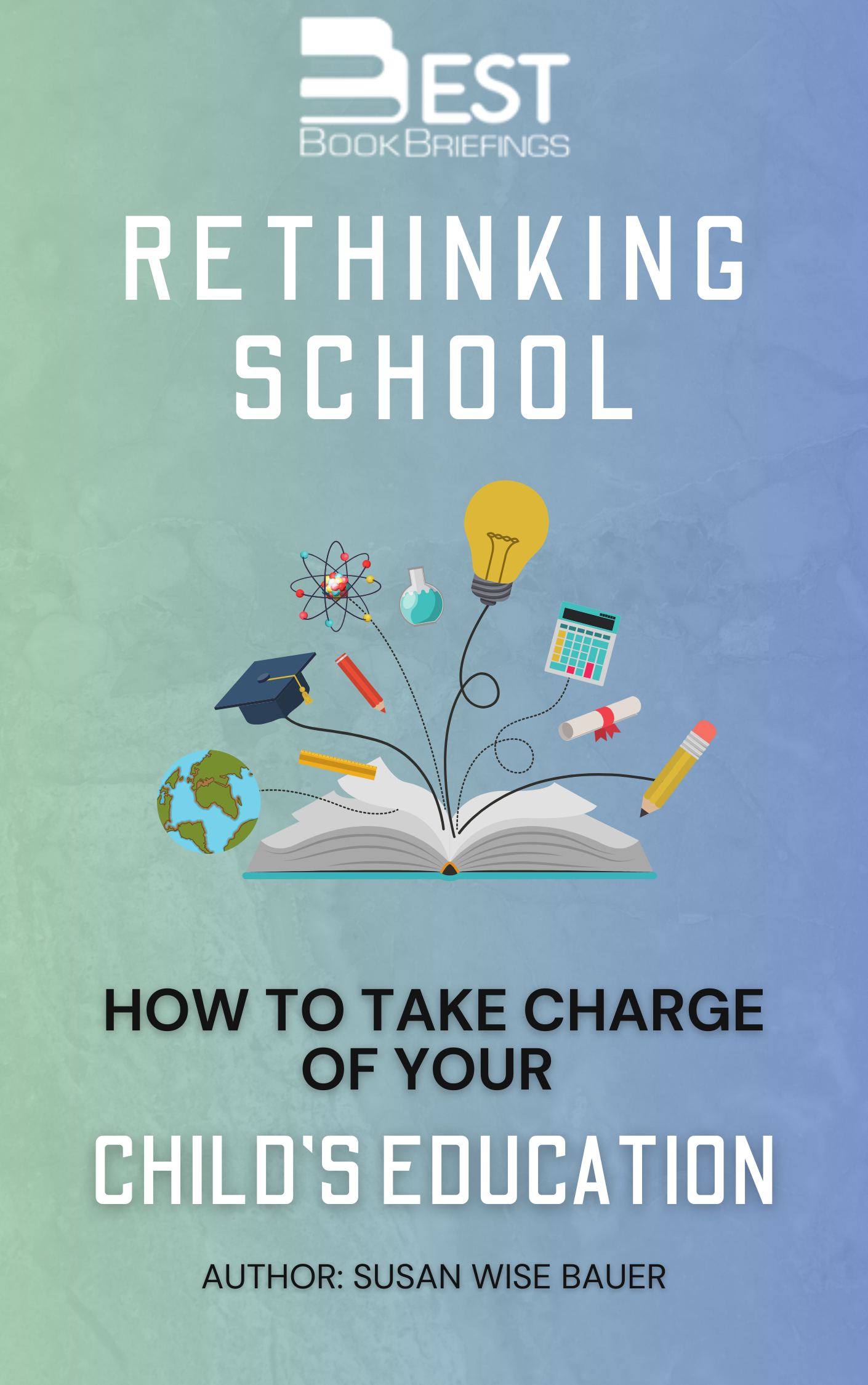
Our K–12 school system is an artificial product of market forces. It isn’t a good fit for all-or even most-students. It prioritizes a single way of understanding the world over all others, pushes children into a rigid set of grades with little regard for individual maturity, and slaps “disability” labels over

